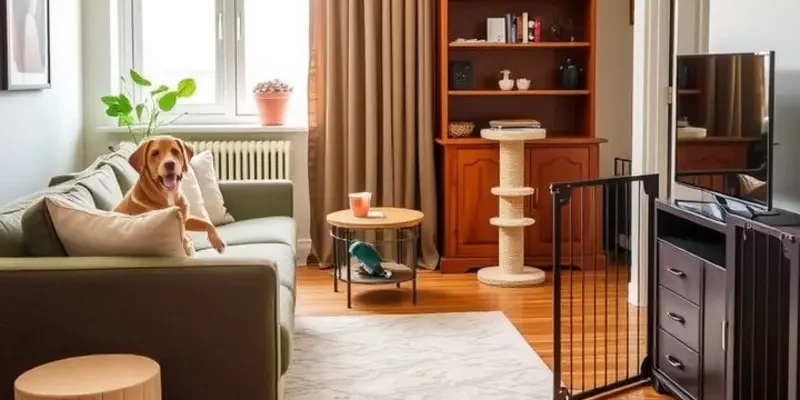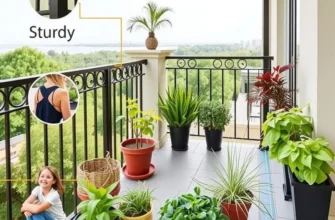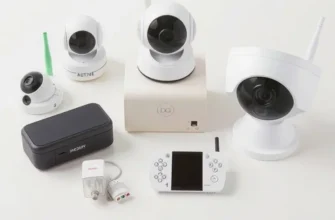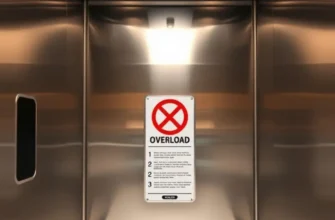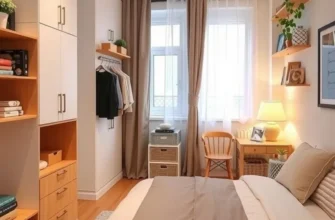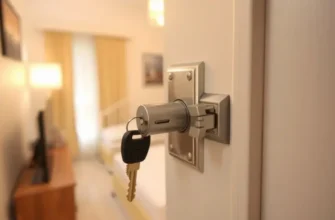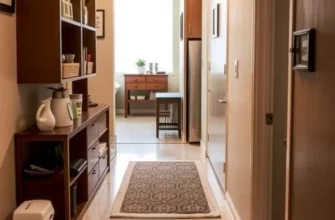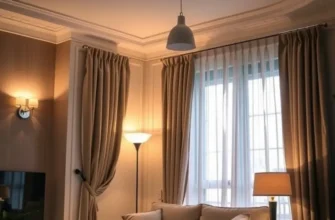Renting an apartment can often be a daunting prospect for pet owners, especially when it comes to ensuring your furry companions are safe and secure. Living with pets in an apartment requires a proactive approach to safety, from preventing injuries to avoiding potential hazards. Without a backyard for your dog to wander freely or enough space for your cat to explore, it’s essential to create a safe haven within your living space. This guide will help renters navigate the complexities of apartment living with pets, emphasizing practical and easy-to-follow solutions. Whether you’re a dog lover, a cat enthusiast, or a small animal owner, we’ll provide tips to ensure your home remains a safe and serene environment for your pets, with minimal disruption to your lifestyle. Read on to learn how to prioritize pet safety, maintain peace of mind, and enjoy a fulfilling life with your furry friends in your rented apartment.
Setting Up a Safe Apartment Environment
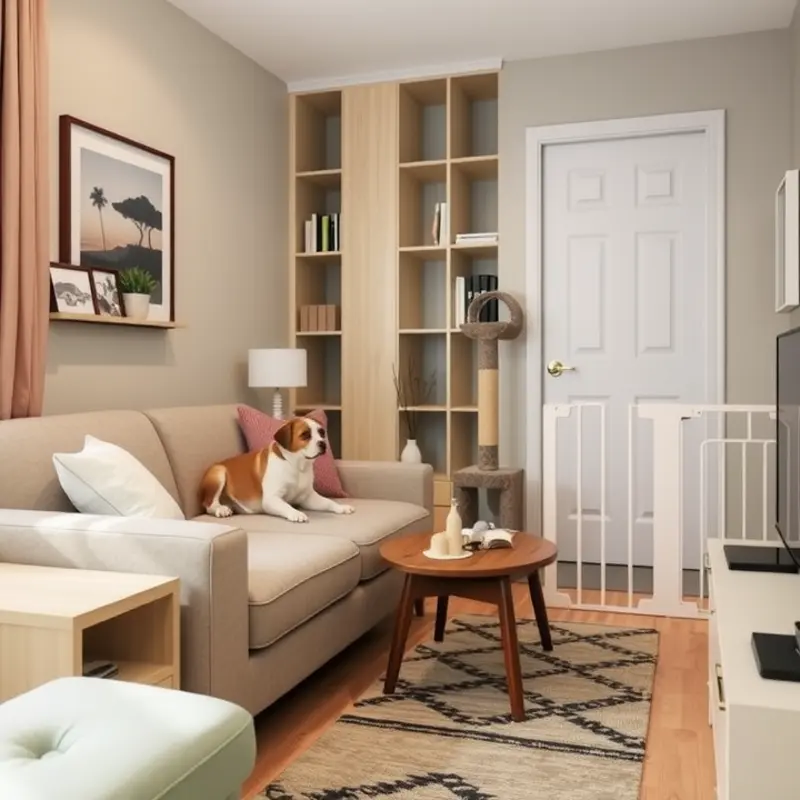
Creating a safe apartment environment for your pets requires attention to details that might initially go unnoticed. First, consider the flooring. Slippery floors can pose a danger to pets, especially dogs. Adding non-slip rugs or mats can provide traction and reduce the risk of injuries.
Next, think about electrical cords. Pets, particularly cats and puppies, often see these as chew toys. Secure cords by tucking them away or using cord protectors. This not only prevents electrical hazards but also extends the lifespan of your appliances.
For window safety, ensure screens are secure. Cats in particular love sitting on window ledges; a loose screen could lead to accidents. Regularly check these, especially if you frequently open your windows.
Another area demanding attention is your kitchen. Food and cleaning supplies need to be stored safely out of reach. Use child-proof latches on lower cabinets to deter curious animals. Also, remember that some foods, like chocolate and grapes, are toxic to pets. Ensure these are kept off counters or in secured drawers.
Living room arrangements can also impact pet safety. Cats might enjoy climbing bookshelves, which can topple over if not anchored. Consider installing secure wall mounts to stabilize these structures. Also, evaluate the plants you keep in your home. Some common houseplants are toxic to pets, so ensure any indoor greenery is safe for your animals or placed out of their reach.
Bathrooms deserve special consideration too. Keep toilet lids closed to prevent pets from drinking harmful chemicals found in toilet water fresheners. Medicines and cleaners should also be stored securely, ideally in a cabinet that’s difficult for pets to access.
To transform your apartment into a haven for your pets, consider their need for mental and physical stimulation. Create exploration zones using cat trees or playful tunnels. This not only reduces boredom but also satisfies their natural instincts. You can find ideas for creative pet furniture modifications in our apartment-friendly furniture covers guide.
Addressing these areas creates a more harmonious living environment for both you and your pets. By making these adjustments, you’ll allow your animals to roam freely while ensuring their safety within your apartment’s confines.
Safety Practices for Pet Owners in Rentals
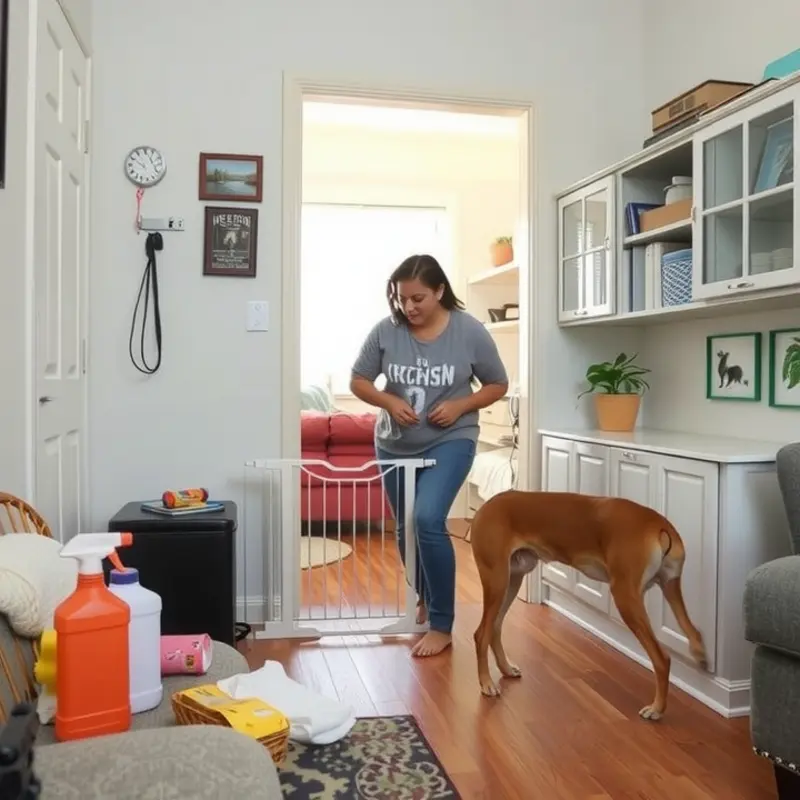
Keeping your pet safe in a rental apartment involves thoughtful planning and adherence to certain safety practices. Begin by thoroughly pet-proofing your new home. Look for potential hazards such as exposed wires or unsecured cabinets, which might tempt curious paws. Securing loose wires or covering them with cord concealers can prevent chewing, especially for teething puppies and kittens. Install safety latches on cabinets to keep cleaning supplies and other hazardous materials safely out of reach.
Consider securing your windows, especially if you live in a high-rise apartment. Pets can easily push through loosely fitting screens or open windows in pursuit of birds or other distractions. Use locks or guards specifically designed for this purpose to prevent accidental falls. While you’re at it, check for small openings in balconies or within fences where your pet might squeeze through, and secure these areas adequately.
Keep plants out of reach. Many common houseplants are toxic to pets. Conduct a thorough inventory of your greenery and ensure they are placed securely away from inquisitive noses. Opt for pet-safe plants or consider hanging planters as a stylish, yet practical, alternative.
In apartments where space is at a premium, floor mats or rugs can serve multiple purposes. They offer a cozy space for your pets to lounge and play while helping protect your flooring from scratches or accidents. For an extended discussion on pet-friendly furniture and home solutions, explore pet-friendly apartment furniture solutions.
When setting up your living area, create designated “pet zones.” These areas are safe spaces where your furry friends can rest or play without the risk of tipping over furniture or appliances. Consider installing baby gates to restrict access to areas that might be hazardous or off-limits, like the kitchen or bathroom.
Pet identification is crucial, especially in a rental setting where frequent moves happen. Ensure your pet has a collar with an ID tag that includes your contact information. Microchipping is also recommended as a permanent identification method that can help locate your pet if they ever escape.
Noise control is another important consideration. Apartments can get noisy, and some pets are particularly sensitive to sound. Use white noise machines or soft background music to soothe skittish pets during noisy periods. Additionally, respect your neighbors by managing your pet’s noise levels, particularly if they are prone to barking or vocalizing.
Lastly, regular maintenance of your pet’s belongings is key. Clean bedding, wash toys, and disinfect feeding areas routinely. These practices not only maintain hygiene but also minimize the risk of pests like fleas and ticks entering your home.
By implementing these safety practices, you’re not just ensuring a secure environment for your pets but also enjoying peace of mind in your rental living space.
Final words
Creating a pet-friendly apartment is not only about making physical adjustments but also about adopting a mindset focused on safety and enjoyment. By following these practical tips and incorporating safe practices into your daily routine, you’ll be well on your way to ensuring a harmonious living space for both you and your furry companions. Remember, your pets rely on you for their safety, and with the right precautions, you can create a nurturing environment that allows them to thrive amidst apartment living. Make your home a sanctuary of safety, love, and joy for your pets.

